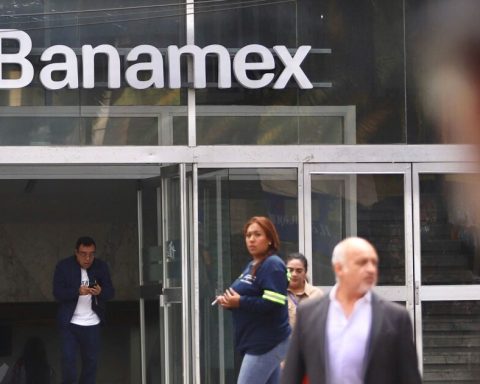A total of 9.7 million people took out a loan through fintech companies and other non-bank credit providers until June 2022, almost 1 million more new debtors than in December 2021 (+11.37%), of which the majority characterized themselves as women (542,000) and under 29 years of age (550,000).
The momentum of the sector is explained almost exclusively by the performance of fintech companieswhose number of debtors grew by 1.07 million from December 2021 (+38%) to June of last year, reaching 3.88 million people, thus representing almost 40% of all users of this type of credits.
According to data from Central Bank (BCRA), some 360 companies registered as Other Non-Financial Credit Providers (Opnfc) – a group made up of cooperatives and mutuals, household appliance sales companies and fintechsamong others- granted financing for $681,000 million up to June of last year.
Yes ok loan volume fell 3% in real terms compared to December 2021the report detailed that those granted by fintech increased in the first half of 2022 to reach around $106 billion in June 2022, 20% more at constant prices compared to December 2021 and 87% compared to June 2021.
“The remaining groups showed contractions in their financing portfolios, with Other retail chains and Sales of household appliances presenting the largest reductions”detailed the Central Bank.
In this sense, fintech companies -those that combine finance with technology and are characterized by offering payment, investment and credit services via mobile applications- represent only 16% of the total balances lent to users, but explain the highest percentage of people looking for this type of financing.
“This can be explained by the acceleration of digitization and the appearance of electronic wallets that offer in one place a package of financial services that complement each other, including digital loans,” said the entity chaired by Miguel Ángel Pesce.
The profile of the new debtors
Regarding the composition of the age range, those under 29 years of age were the ones that grew the most between December 2021 and July 2022 (+38%), a group that, according to the BCRA, It was mainly driven by the fintech group, which increased the number of young debtors by 55% in June 2022, reaching more than 1.4 million.
One of the most relevant data was that the exclusive debtors of the Opnfc -that is, those people who do not have access to a loan or a credit card in a bank- are the ones that had the highest growth in the period: 15% compared to to December 2021, reaching approximately 5.3 million people in June 2022.
Regarding participation by gender, the report highlighted that although men continue to represent the highest percentage of total debt, with 51% in June 2022 (more than $319,000 million), women’s participation grew 1 percentage point compared to at the end of 2021: it is the highest value since the series began in 2018, with more than $303.3 billion.
Between them, women without a salary account were the ones that registered the largest number of debtors with 3.1 million in June 202215% more compared to December 2021 and 32% of the total number of debtors.
In addition, women without a salary account are the group with the highest debt balances: $175,000 million in June 2022, 28% of the total balance and 22% more real compared to June 2021.
Historically, the difficulty in obtaining a salary receipt or having a blank job made banks reluctant to grant credit, especially to women with children.
Nevertheless, it is women who continue to have the best payment behaviour, having irregularity levels of 12% in the period, slightly lower in relation to December of last year and 3 percentage points less than the average for men.
The increase in the number of credit users with non-banking entities occurs against the current of what happens in the traditional financial system in which, in real terms, credit to the private sector contracted 14% in 2022, impacted by the rise in rates to curb inflation.
Hence, the emergence of new credit tools makes it possible to reach sectors of the population that have been relegated in the traditional financial system, and that are the ones that most need financial help to promote a venture or cover an emergency expense.


















